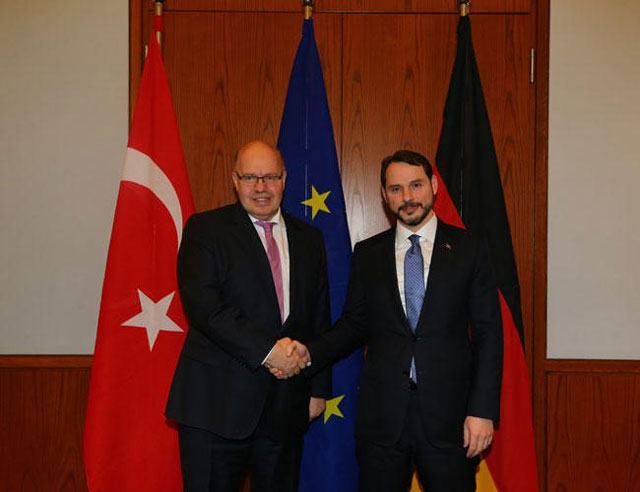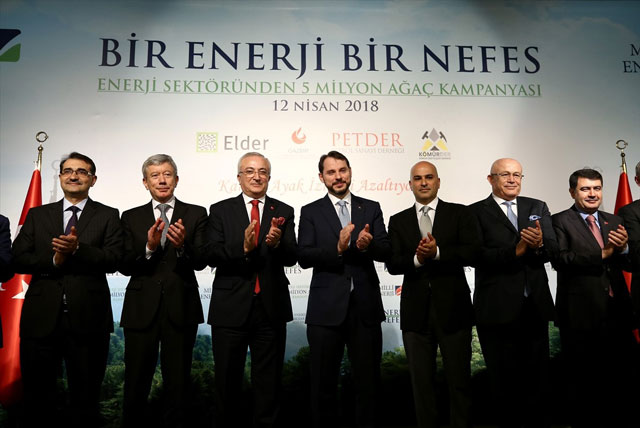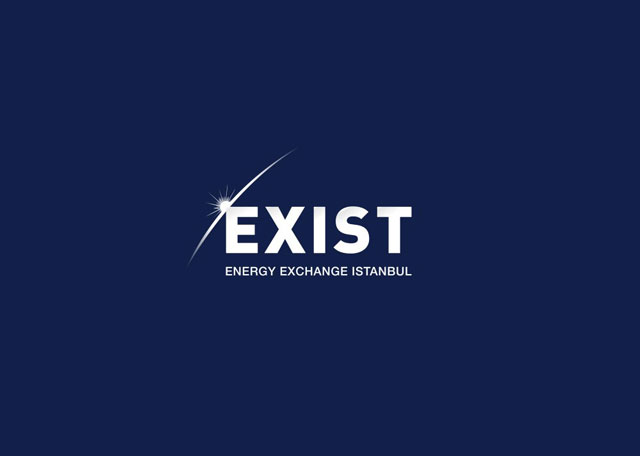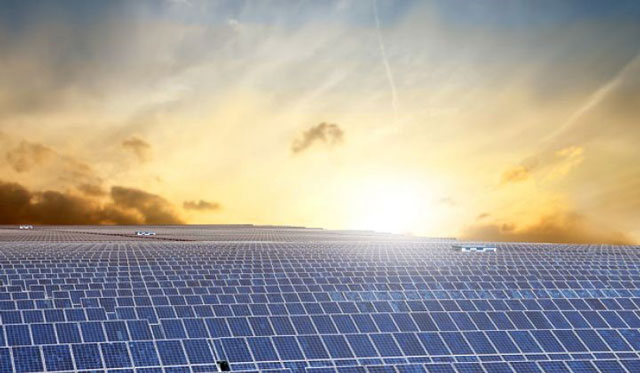World's first electrified road for charging vehicles opens in Sweden
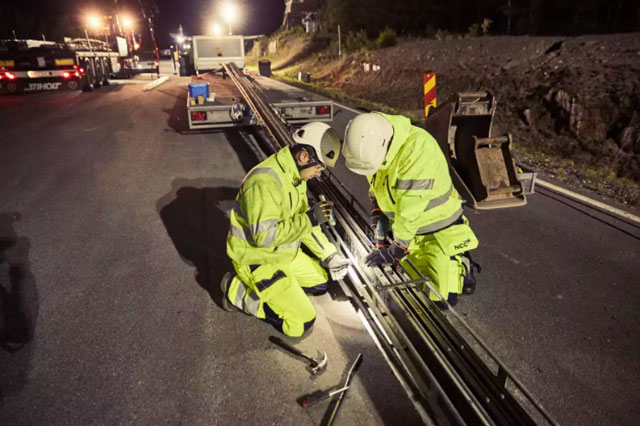
The world’s first electrified road that recharges the batteries of cars and trucks driving on it has been opened in Sweden. About 2km (1.2 miles) of electric rail has been embedded in a public road near Stockholm, but the government’s roads agency has already drafted a national map for future expansion.
Sweden’s target of achieving independence from fossil fuel by 2030 requires a 70% reduction in the transport sector.
The technology behind the electrification of the road linking Stockholm Arlanda airport to a logistics site outside the capital city aims to solve the thorny problems of keeping electric vehicles charged, and the manufacture of their batteries affordable.
Energy is transferred from two tracks of rail in the road via a movable arm attached to the bottom of a vehicle. The design is not dissimilar to that of a Scalextric track, although should the vehicle overtake, the arm is automatically disconnected.
The electrified road is divided into 50m sections, with an individual section powered only when a vehicle is above it. When a vehicle stops, the current is disconnected. The system is able to calculate the vehicle’s energy consumption, which enables electricity costs to be debited per vehicle and user.
The “dynamic charging” – as opposed to the use of roadside charging posts – means the vehicle’s batteries can be smaller, along with their manufacturing costs.
A former diesel-fueled truck owned by the logistics firm, PostNord, is the first to use the road.
Hans Säll, chief executive of the eRoadArlanda consortium behind the project, said both current vehicles and roadways could be adapted to take advantage of the technology.
In Sweden there are roughly half a million kilometers of roadway, of which 20,000km are highways, Säll said.
“If we electrify 20,000km of highways that will definitely be enough,” he added. “The distance between two highways is never more than 45km and electric cars can already travel that distance without needing to be recharged. Some believe it would be enough to electrify 5,000km.”
At a cost of €1m per kilometer, the cost of electrification is said to be 50 times lower than that required to construct an urban tram line.
Säll said: “There is no electricity on the surface. There are two tracks, just like an outlet in the wall. Five or six centimeters down is where the electricity is. But if you flood the road with salt water then we have found that the electricity level at the surface is just one volt. You could walk on it barefoot.”
National grids are increasingly moving away from coal and oil and battery storage is seen as crucial to a changing the source of the energy used in transportation.
The Swedish government, represented by a minister at the formal inauguration of the electrified road on Wednesday, is in talks with Berlin about a future network. In 2016, a 2km stretch of motorway in Sweden was adapted with similar technology but through overhead power lines at lorry level, making it unusable for electric cars.
Source: The Guardian
